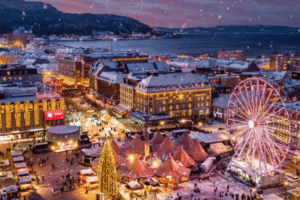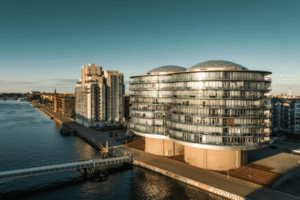Ready to plan an easy trip full of color, taste, and classic sights? Copenhagen blends royal history with relaxed harbor life. You can see the crown jewels, climb a spiral tower, and wander along bright canals. You can also swim in clean city beaches, bike on safe lanes, and try street food by the water. Although the city is famous for being pricy, strolling through Nyhavn, enjoying church views, and having a picnic in local parks come at no cost.
For a short break, two or three days in Copenhagen would work well. If you have more time, add quiet gardens and local neighborhoods, and live like a Dane! As you plan, you may also like this weekend plan for a smooth start. If you’d like to hear more about the top 20 list of places to visit in Copenhagen, keep on reading!
Key Takeaways
- Visit Rosenborg, the Round Tower, Christiansborg, Nyhavn, and Our Saviour Church for history, views, and classic photos.
- Add culture at the National Museum, SMK, Glyptoteket, Copenhagen Contemporary, and the Royal Danish Theatre.
- Wander Vesterbro, Nørrebro, Christianshavn, Østerbro, and Refshaleøen for local life, food, and canals.
- Seek calm in Landbohøjskolens Have, Østre Anlæg, Sydhavnstippen, Bispebjerg Cemetery, and Amager Strandpark.
- Travel tips: get a City Pass, rent a bike, pay by card almost everywhere, and use taxis only when needed.
What to do in Copenhagen
Landmarks & Attractions in Copenhagen
Rosenborg Castle
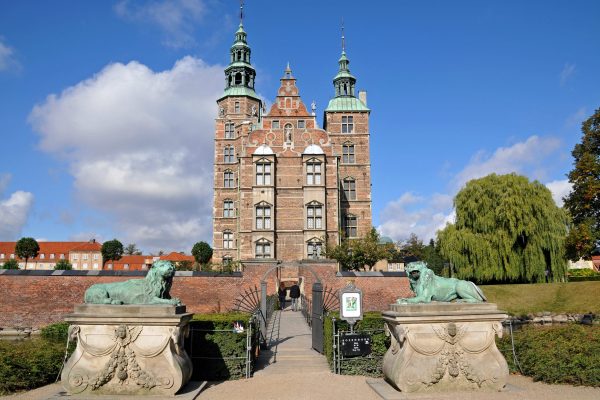
Step into royal rooms that hold the Danish crown jewels. The palace opened to the public in the 1800s and now displays treasures linked to queens and kings. Do not miss the vault and the formal halls. The gardens outside are lovely for a slow walk on sunny days.
The Round Tower
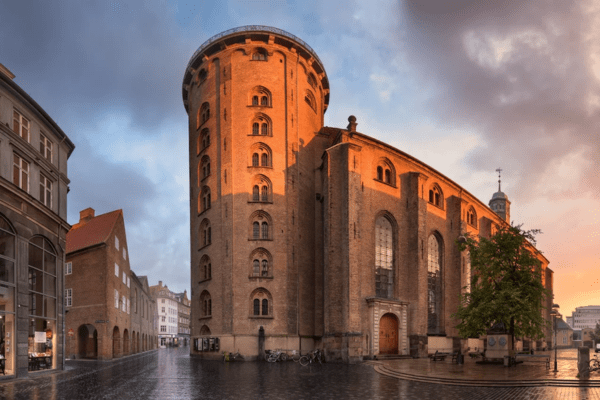
Glide up the wide spiral ramp that leads to the viewing deck. The tower dates back to the 1600s and once served as an observatory for astronomy. It remains a living landmark and one of the best city panoramas. Clear days bring views over spires and copper roofs.
Christiansborg Palace
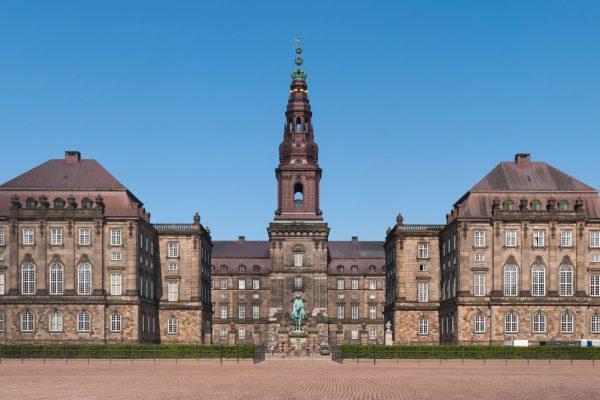
This palace is the heart of Danish power. The Parliament, Supreme Court, and Prime Minister’s Office share the same complex, and parts still host royal events. You can tour the reception rooms, the ruins below, and the stables.
Nyhavn
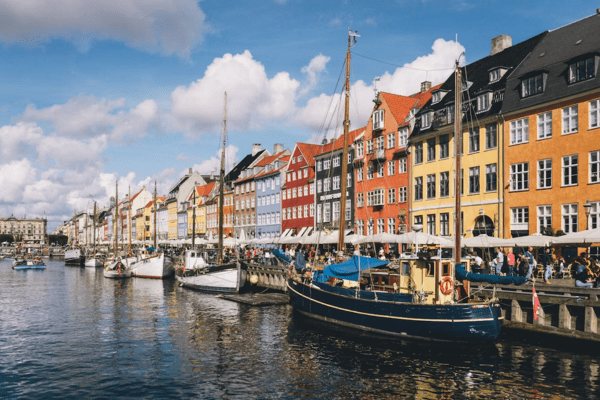
Colorful houses line this iconic canal built in the 1600s. Old ships rest by the quays, and cafes fill with locals in every season. It is the postcard view many people know first, and a great spot to start a canal tour.
Church of Our Saviour
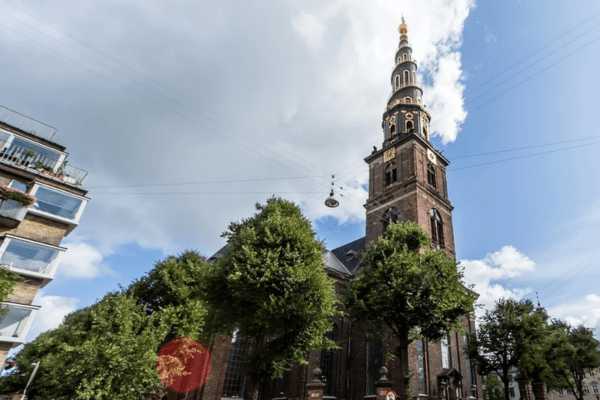
Climb the famous spiral spire to the top. The baroque church draws many visitors for the 400 steps, the bells, and the grand organ. The final steps are outside, so plan for wind and amazing views.
Art & Culture in Copenhagen
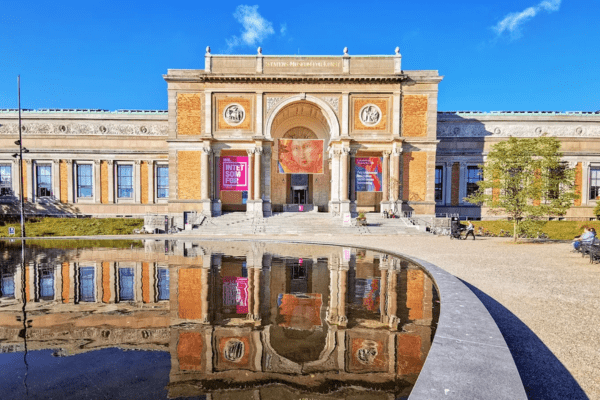
- National Museum of Denmark: Denmark’s story lives here, from Viking finds to modern exhibits. The museum sits in the Prince’s Palace from the 1700s, so the building adds to the visit. There are guided tours and interactive family activities for visitors of all ages.
- SMK National Gallery of Denmark: This is the largest art museum in Denmark, so it is known as the main center for visual art in Denmar,k with over 200,000 artworks. Visitors can explore the Danish Golden Age and strong European creations.
- Ny Carlsberg Glyptotek: A serene winter garden anchors galleries of marble, ancient pieces, and French masters. The museum began with brewer Carl Jacobsen’s collection in the 1890s, and now is a home to 10,000 artworks.
- Copenhagen Contemporary: Big industrial halls host large installations and immersive shows. If you enjoy trendy exhibitions with new rising artists, then you’ll be satisfied here.
- Royal Danish Theatre: Opera, ballet, and drama unfold across the Old Stage and newer venues. The institution dates to the 1700s and remains central to the city’s culture.
For a deeper dive, check our top museum picks in Copenhagen.
Neighborhoods
Vesterbro
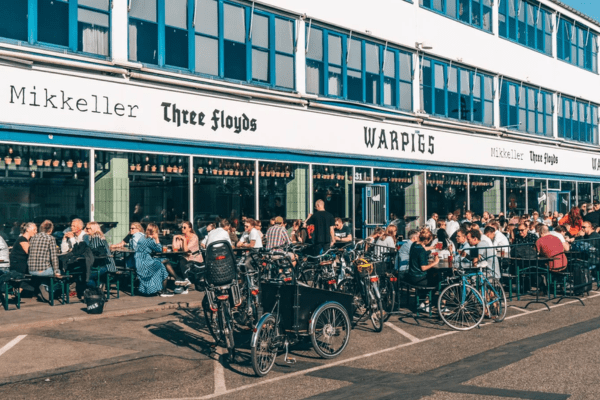
Trendy and friendly, this area grew from industry roots. The Meatpacking District buzzes at night with bars, galleries, and food spots. By day, side streets like Værnedamsvej serve cozy cafes and small shops. It is lively without being hard to navigate.
Nørrebro
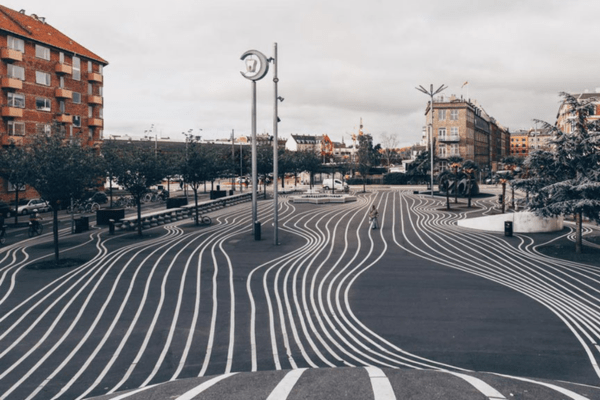
Creative and diverse, Nørrebro blends vintage stores with bold street food. Superkilen park celebrates global design and invites play. Spend time along the lakes and pop into indie bakeries. The vibe is youthful and warm.
Christianshavn
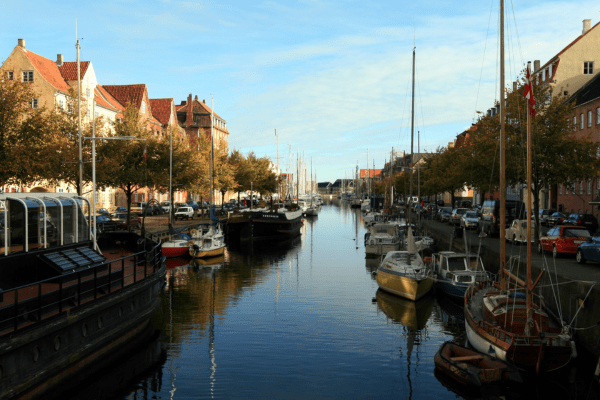
Linked by canals and narrow bridges, this quarter dates to the 1600s and feels part Dutch. Boats sway beside colorful houses, and the Church of Our Saviour rises above. It is close to the center but feels calm and watery.
Østerbro

This is a peaceful area with parks and wide streets. Families love Fælledparken and the safe paths for cycling. The waterfront brings breezes and space to relax after shopping on Østerbrogade.
Refshaleøen
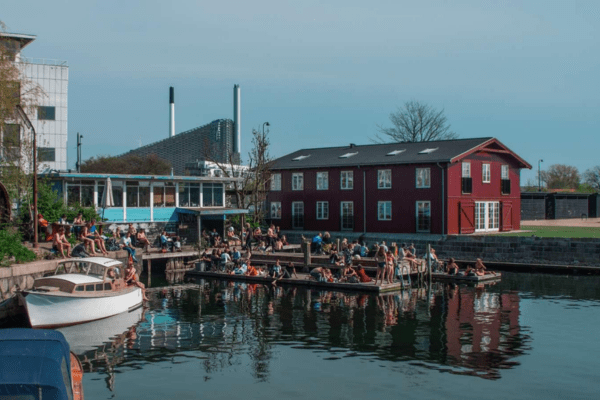
A former industrial zone now thrives with food stalls, bakeries, art spaces, and swimming spots. Reffen Street Food anchors the scene, and Copenhagen Contemporary stands nearby. Also, the mix of rough brick and sea views feels fresh and fun.
Parks & Gardens

- Landbohøjskolens Have
A quiet university garden in Frederiksberg with rich plant collections and winding paths. It is free to enter and feels like a small botanical haven. Also, don’t forget to look for ducks on the pond and rare shrubs along the beds. - Østre Anlæg
This central park once formed part of the city’s ramparts. Today, you find lakes, sculptures, and soft lawns near major museums. Hence, it is a perfect pause between art stops. - Sydhavnstippen
Wild grasslands and sea views define this local favorite. You may also spot sheep and friendly alpacas in season. Trails cross open land that grew on filled soil and now supports rich birdlife. - Bispebjerg Cemetery
In spring, pink cherry tunnels draw visitors for calm walks and photos. The space is large, serene, and close to the striking Grundtvig Church. - Amager Strandpark
A long city beach with a lagoon, an artificial island, and fine views of offshore wind turbines. It is easy to reach by metro or bike and works in every season.
To discover more peaceful spots, explore the best gardens in Copenhagen on our blog.
Tips for Traveling in Copenhagen
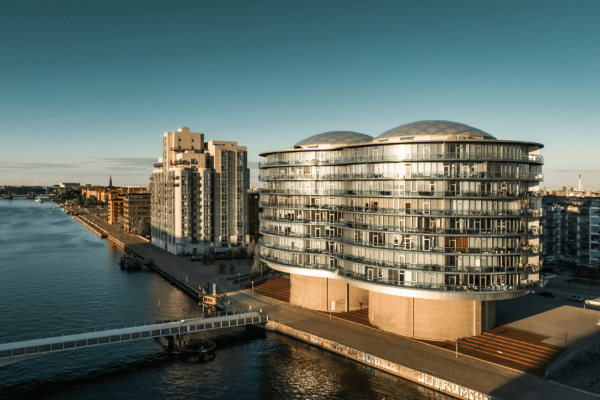
- Transportation: Public transport runs often and uses a simple zone system across the metro, trains, and buses. A City Pass covers unlimited rides for 24 to 120 hours. You can buy it in the DOT app and ride from the airport into the city with ease.
- Biking: Rental options range from standard city bikes to cargo bikes. Day rates start at 150 DKK, and weekly deals lower the cost. Many streets have separate bike lanes, so rides feel safe and quick.
- Taxis: Use taxis mainly for late nights or big luggage. Expect a base fare of around 40 – 60 DKK, plus per km and time charges, with possible surcharges for airport trips and late hours. Cards are also accepted.
- Cash: Denmark is very card-friendly. Most places take contactless payments, which means you can visit without exchanging cash.
- Restaurants: Browse our tasty picks and local classics in Copenhagen here.
- Architecture: See striking buildings and plan a route with this spotlight with our guide to the best architecture in Copenhagen.
Conclusion
Copenhagen rewards curious travelers with royal stories, clear views, and easy days by the water. You can trace history at Christiansborg and Rosenborg, then see modern art in vast halls on Refshaleøen. Additionally, you can walk the canals of Christianshavn, sip coffee in Vesterbro, and snack through Reffen. Free moments fill the trip as well since parks and waterfront spaces welcome everyone.
Furthermore, those who enjoy deeper stories and hidden corners may want to join a private Copenhagen walking tour with Amitylux. Our guides share history and culture in a relaxed, personal way that makes the city feel even more alive. Ready to explore Denmark’s capital? See you soon!
Frequently Asked Questions
What should I not miss in Copenhagen?
Start with Rosenborg’s crown jewels, the Round Tower view, Christiansborg’s state rooms, Nyhavn’s canal, and the climb at Our Saviour Church. Add one museum, one neighborhood walk, and one park for balance. That mix gives you history, culture, and nature in one neat loop.
Is 3 days enough in Copenhagen?
Yes, three days are enough for a clear first taste. First, you can cover the old center and main sights. Next, you can focus on museums and Østerbro or Nørrebro. Then on the last day, you can reach Refshaleøen, Amager Strandpark, or quiet gardens. Transit and bike lanes keep it easy.
What to do in Copenhagen for the day?
Pick a simple loop. To begin with, start your morning at Rosenborg and the Round Tower. Then, have lunch near Nyhavn and a canal tour. Next, spend the afternoon at Christiansborg or a favorite museum. You can also watch the sunset at Our Saviour Church or Amager Strandpark. Finally, round up with a dinner in Vesterbro or Refshaleøen. It flows well without rush.
What to do in Copenhagen for hidden gems?
Slip into Landbohøjskolens Have, then walk Østre Anlæg between museums, and seek wild grasslands at Sydhavnstippen. In spring, visit the cherry trees at Bispebjerg Cemetery. Finally, for a breezy finish, ride to Amager Strandpark and watch the light change over the water.

